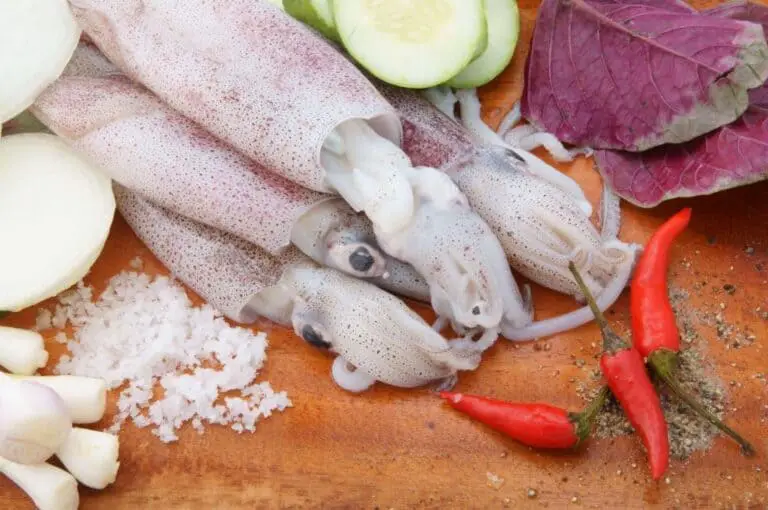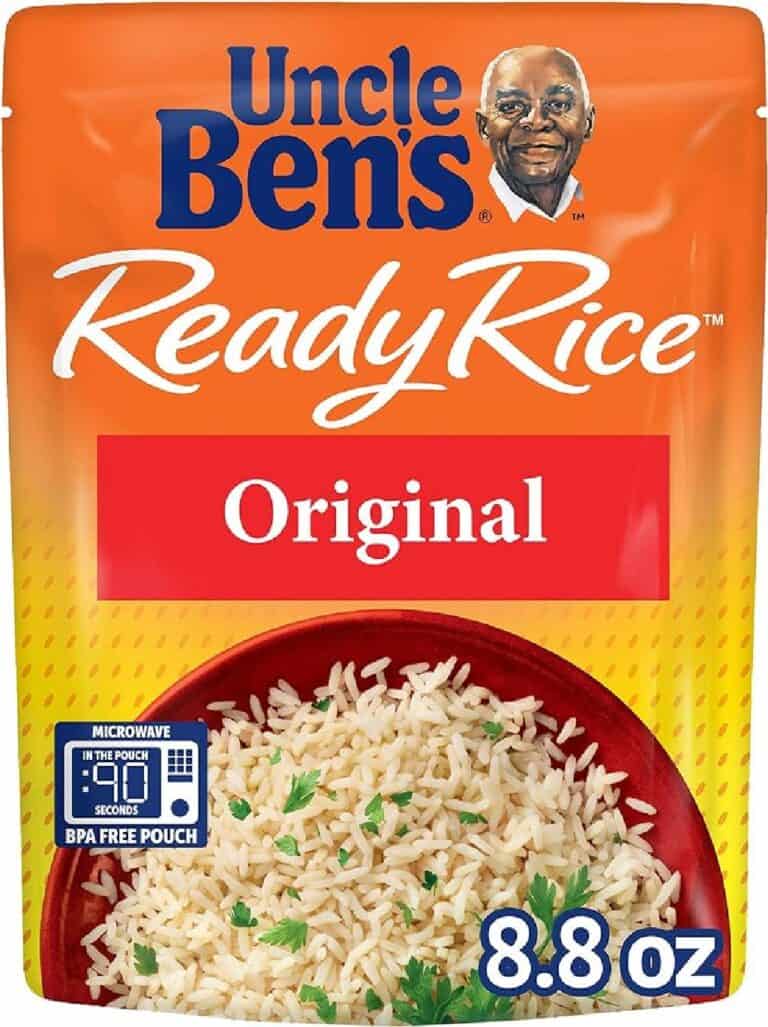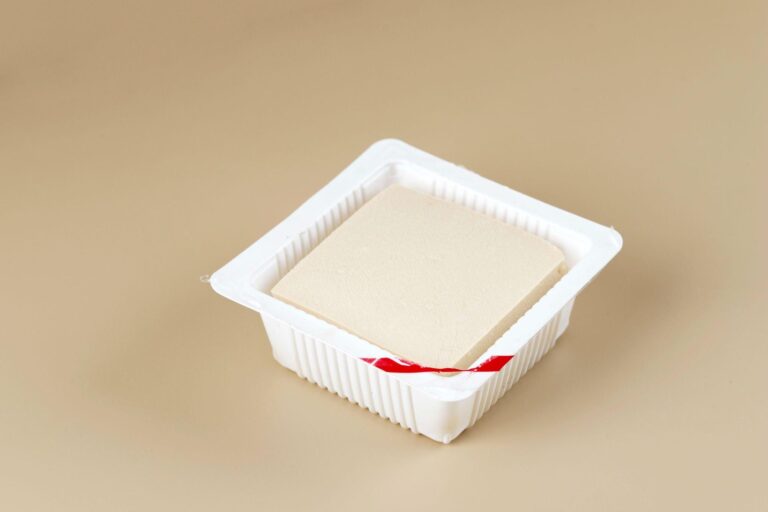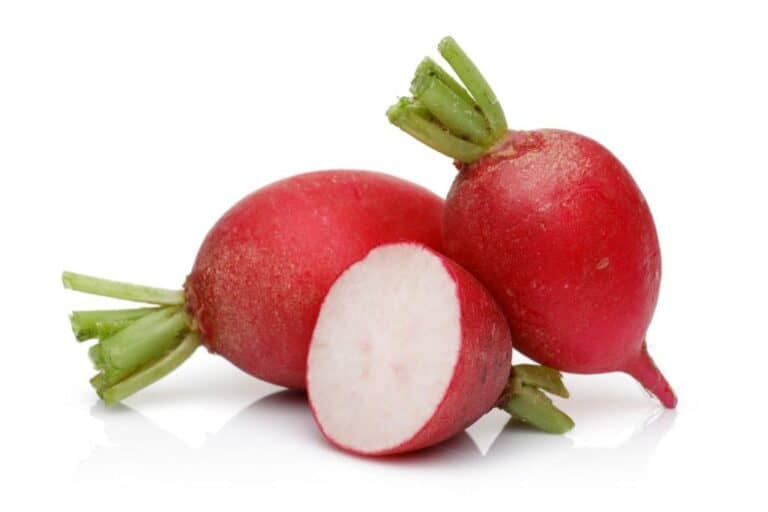What Part of Squid Can You Eat and Not Eat? Edible Parts of Squid

Squid, also known as calamari, is a popular seafood delicacy that is enjoyed by many around the world. It has a distinctive texture and flavor and can be prepared in various ways, such as grilling, frying, or sautéing. However, not all parts of the squid are edible and safe to eat. To fully enjoy this tasty seafood, it’s essential to know which parts to avoid.
In this article, we will explore the various parts of a squid that are safe to eat, as well as some that are best avoided. So, whether you’re a seafood lover or simply curious about this fascinating creature, keep reading to discover the edible parts of squid.
Why Squid is So Popular as Food?
People have been interested in and eating squid for thousands of years. It is a fascinating sea creature. It is a type of cephalopod, which means “head-foot” in Greek, and is part of the same family as octopuses and cuttlefish.
Squids are characterized by their elongated bodies, soft skin, and eight arms, which are lined with suction cups and used to capture prey and defend against predators.
People have been eating squid, which is a mollusk in the family of cephalopods, for thousands of years. In recent years, it has become more popular as a food, especially in Asian countries, because it tastes good, is good for you, and can be used in many ways in the kitchen.
One of the main reasons why squid is so popular as a food is its unique texture and taste. When cooked correctly, squid has a delicate, slightly sweet flavor that pairs well with a variety of spices and sauces. Its texture is also noteworthy, as it is tender yet firm, making it ideal for use in a range of dishes, from stir-fries to soups to sushi.
Another reason for the popularity of squid is its nutritional value. Squid is a good source of protein, vitamins, and minerals, making it a healthy addition to any diet. It is low in calories, with just 100 grams of cooked squid containing around 80 calories, making it an excellent choice for those watching their weight.
Squid is also high in vitamin B12, which is essential for maintaining healthy nerve cells and red blood cells, and in minerals such as phosphorus and selenium, which support bone health and the immune system.
In addition to its delicious taste and nutritional benefits, squid is also versatile in the kitchen. It can be prepared in a variety of ways, from grilling and frying to boiling and sautéing. Its ink is also used in cooking, particularly in dishes such as pasta and risotto, adding a rich, savory flavor and a striking black color to the dish. Squid is also a popular ingredient in sushi, where it is sliced thinly and served raw or lightly undercooked squid.
While squid is considered a popular seafood, not all parts of this marine creature are fit for consumption, and some can even be dangerous if ingested. It’s important to understand which parts of the squid are safe to eat and which ones should be avoided in order to avoid any potential health risks.
So, before you prepare your next squid dish, make sure you’re familiar with which parts of squid are edible and which ones should be discarded.
Squid Edibility: Part of Squid That Can You Eat
When it comes to the edible parts of a squid, there are several options to choose from. The head and tentacles of the squid are considered some of the most desirable parts, thanks to their tender texture and mild, slightly sweet flavor. These parts of the squid are often used in popular dishes such as calamari or squid ink pasta. The head can be boiled, grilled, or fried, while the tentacles are often battered and deep-fried to perfection.
The mantle, or body, of the squid is another great option that’s both versatile and delicious. It has a firm texture and a slightly sweet flavor that’s perfect for grilling, frying, or using in stews and soups. The mantle can be cut into rings or sliced into strips for use in dishes such as stir-fry or paella.
While the fins of the squid are technically edible, they are often overlooked due to their small size and lack of meatiness. The fins can be found on either side of the mantle, and while they are not a popular choice, some people do enjoy their unique texture and flavor. If you do decide to try the fins, they can be grilled or fried, but they are often used as a garnish rather than a main ingredient.
What Part of Squid Can You Not Eat?
While there are plenty of delicious parts of the squid to savor, there are also some parts that are best left untouched. For example, the ink sacs of a squid are not meant to be eaten, as they are filled with a black liquid that can be used to flavor dishes but is not edible on its own. However, if you’re feeling adventurous, you can use squid ink to add a unique flavor and color to dishes like pasta or risotto.
Another part of the squid that you should avoid eating is its beak and radula. These are the hard, sharp mouthparts that the squid uses to capture and grind up food. They are tough and inedible, so it’s best to remove them before cooking the squid.
While the eyes of the squid are technically edible, they are not commonly consumed and are often discarded. If you do choose to eat raw squid, be aware that they may have a slightly crunchy texture and a mild flavor.
Is Any Part of Squid Poisonous?
One of the main concerns regarding the safety of squid is its venom gland. All squids and octopuses have a venom gland and are capable of delivering a venomous bite.
However, the venom in squid is generally not toxic to humans, and most species of squid are safe to eat. In fact, squid is a rich source of protein, vitamins, and minerals, and can be a healthy addition to any diet.
Moreover, the ink of a squid is not the same thing as its venom. Squid ink is a dark, viscous substance that is often used in culinary preparations to add color and flavor to dishes. While squid ink is safe for consumption and does not pose any health risks, it’s worth noting that it can cause staining and should be used with caution.
WARNING
It’s important to note that some parts of the squid can actually be poisonous. Organs like the liver, kidneys, and digestive system can have poisons in them that can make you sick or even kill you if you eat them. For this reason, it’s best to avoid eating these parts of the squid altogether.
It’s important to note that while squid is generally safe to eat, there are some potential risks associated with consuming this seafood. For example, squid can be contaminated with heavy metals, such as mercury, which can be harmful to human health.
Therefore, it’s important to consume squid in moderation and to choose high-quality, fresh seafood from reputable sources.
Can I Eat Squid If I Have High Cholesterol?
If you have high cholesterol, you may wonder whether it’s safe to eat squid. Squid is a low-calorie, high-protein food that can be a healthy addition to your diet. However, the way it is prepared can make a big difference in its cholesterol content.
When squid is deep-fried, it is typically breaded and cooked in oil, which can significantly increase its total fat and saturated fat levels. This, in turn, can raise the cholesterol levels in your blood, increasing your risk of heart disease and stroke. Therefore, if you have high cholesterol, it’s best to avoid deep-fried squid and other fried foods altogether.
However, if you enjoy squid, there are other ways to prepare it that can make it a healthy addition to your diet. Grilling, steaming, or boiling squid are all healthier options that can reduce its cholesterol and fat levels. These cooking methods help to preserve the natural flavors and texture of squid while minimizing the use of added oils and fats.
Furthermore, squid is a rich source of omega-3 fatty acids, which are known to reduce inflammation and promote heart health. Omega-3s are essential fatty acids that the body cannot produce on its own, and therefore must be obtained through diet. Squid is also low in calories and high in protein, making it a great option for people who are trying to lose weight or maintain a healthy weight.
Is Squid Bad for High Uric Acid?
If you have high uric acid levels, you might be curious about whether or not eating squid is a good idea. The body creates uric acid as a natural waste product when it breaks down purines, which are present in many foods.
When uric acid levels in the blood become too high, it can lead to a condition called hyperuricemia, which can cause gout, kidney stones, and other health problems.
Squid is high in purines, which can increase uric acid levels. All high-protein foods, including fish and seafood, contain purines. However, the Arthritis Foundation recommends that mussels, scallops, squid, shrimp, oysters, crab, and lobsters should only be eaten once in a while.
If someone has gout and wants to eat squid, they should check their reaction to it after being on a low-purine diet for about a month. Generally speaking, red meats, organ meats, anchovies, meat extracts, and alcohol are the worst offenders for gout sufferers.
If someone cuts down on red meat and alcohol but still wants to eat squid every now and then, they may find that it does not trigger a gout attack.
So, is squid bad for high uric acid? The answer is not straightforward, as it depends on various factors. Squid, like many other seafood, is a good source of protein, vitamins, and minerals. It is also low in fat and calories, making it a healthy food choice for most people. However, it is also high in purines, which can increase uric acid levels in the blood.
If you suffer from hyperuricemia, it’s important to be mindful of your purine intake, as consuming too much can trigger a gout attack or worsen kidney stones. While squid is not the purest seafood, it is still considered a medium-purine food, which means that it should be consumed in moderation if you have high uric acid.
When it comes to preparing squid for consumption, there are a few things to keep in mind. Grilling, baking, or boiling squid is preferable to frying it, as fried squid is often coated in flour or batter, which can increase its purine content.
Additionally, it’s important to avoid eating the squid’s internal organs, such as its liver, kidneys, and digestive system, as these can be high in purines and other toxins.
Conclusion
In conclusion, knowing which parts of the squid are safe to eat and which to avoid is crucial to enjoying this delicacy fully. Always discard the beak, quill, and guts when preparing squid and remove the thin layer of skin from the hood for the best culinary experience. By following these simple guidelines, you can savor the deliciousness of squid without any health risks or unpleasant surprises.






